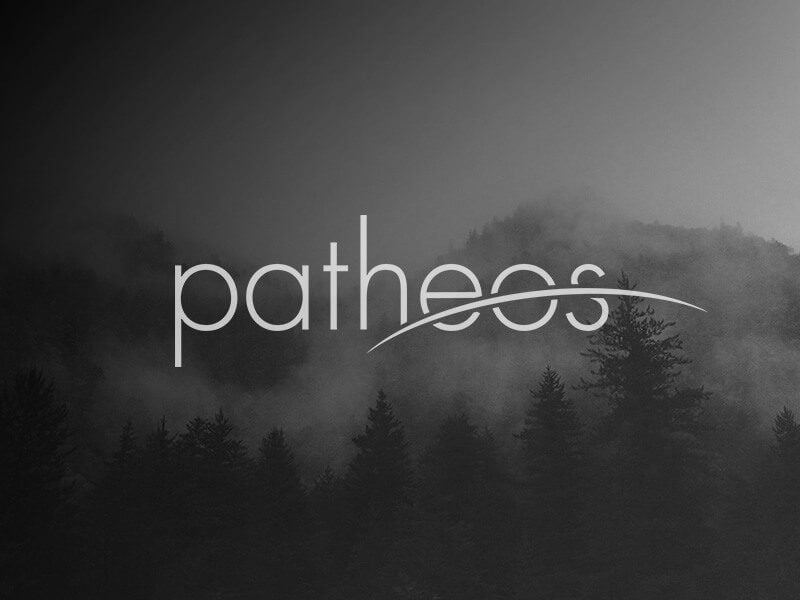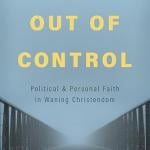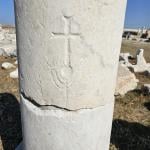In Isaiah 36, Sennacherib comes on the scene “ascending” ( ‘alah ). He “went up” to Jerusalem. At the end of the narrative, though, he returns, descending back to Nineveh where he came from. Jesus’ story is descent followed by ascent; other kings ascend first, then descend. Isaiah 37:37 describes Sennacherib’s departure with four verbs: He departed, went, returned, dwelt. The fourfold repetition emphasizes the completeness of the departure; the whole land to the four corners weas cleared of Assyrians.... Read more














